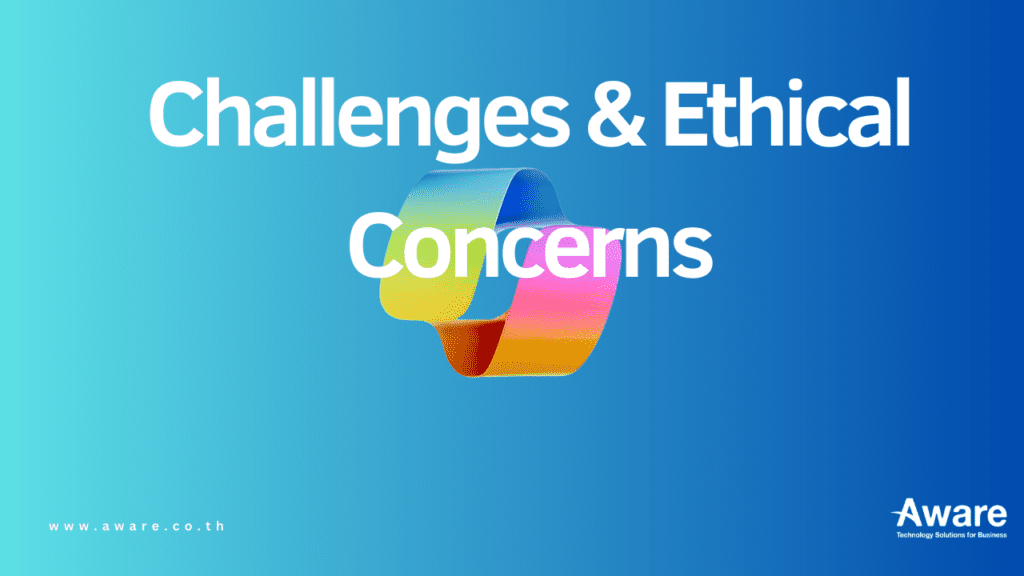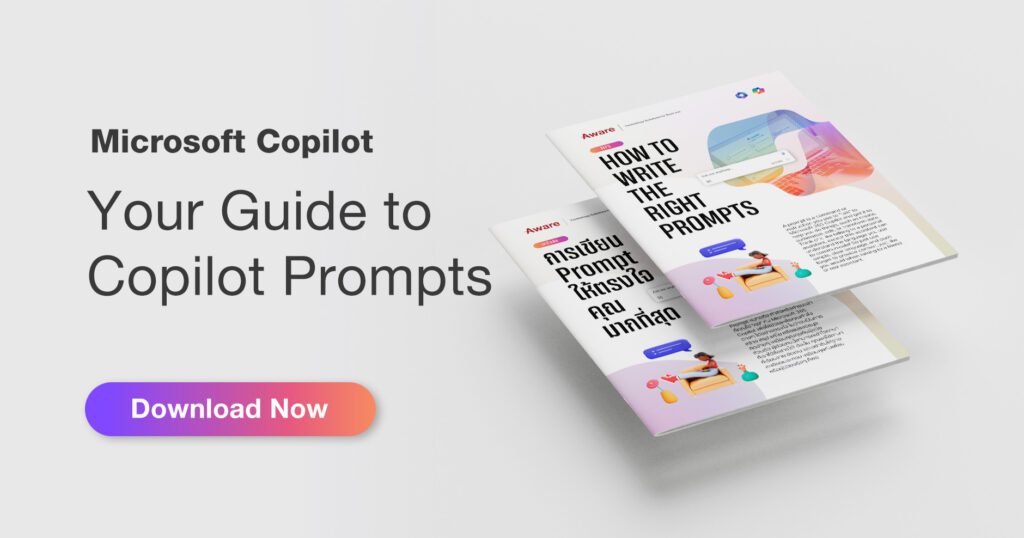

Table of Contents
Introduction
AI tools like Copilot have brought remarkable efficiency and creativity to the workplace. From automating workflows to generating intelligent suggestions, Copilot has become a valuable assistant for developers, writers, and professionals alike. However, like any disruptive technology, it comes with its own set of challenges.
While Copilot enhances productivity, it also presents potential risks and ethical concerns. These range from inaccuracies in outputs to broader issues like AI bias, data security, and over-dependence on the tool. This blog explores the challenges associated with using Copilot and outlines actionable steps to ensure its ethical and effective use.
Accuracy and Reliability
Risk of Errors in Generated Outputs
Copilot relies on AI models trained on vast datasets to provide context-aware suggestions. However, this approach is not foolproof:
- Programming Errors: Copilot may suggest buggy or inefficient code that could introduce security vulnerabilities if implemented without review.
- Content Issues: For writers, the tool may generate text that is factually incorrect, lacks coherence, or doesn’t align with the intended message.
These errors highlight the importance of treating Copilot’s suggestions as starting points rather than definitive answers.
Need for Human Oversight
Copilot’s outputs, while impressive, are not substitutes for human expertise. Professionals must maintain oversight to:
- Validate the accuracy and relevance of suggestions.
- Ensure that generated content aligns with project goals.
- Identify and mitigate errors before implementation.
For instance, developers should test Copilot’s code suggestions rigorously, while writers should edit AI-generated drafts to align with brand voice and accuracy standards.
Ethical Concerns
AI Bias and Fairness
AI tools like Copilot are trained on publicly available data, which may include biases. As a result:
- Copilot might generate suggestions that unintentionally perpetuate stereotypes or inequalities.
- In programming, it may favor certain coding styles or practices over others, limiting diversity in solutions.
Efforts to reduce bias in training datasets are ongoing, but the problem underscores the need for vigilance when using AI tools.
Privacy and Data Security
Copilot’s ability to analyze user inputs raises concerns about:
- Data Privacy: How is user data stored, processed, and protected? Are sensitive inputs anonymized?
- Security Risks: Could sensitive or proprietary information be inadvertently exposed through AI suggestions?
These questions emphasize the importance of transparency and robust security measures in AI tool development.
Dependency on AI Tools
As Copilot becomes integral to professional workflows, there is a risk of over-reliance:
- Reduced Critical Thinking: Users might lose problem-solving skills by relying too heavily on AI-generated outputs.
- Workflow Disruptions: Over-dependence could cause challenges if the tool becomes unavailable or produces unexpected results.
A balanced approach is necessary to harness Copilot’s benefits while maintaining human expertise.


Addressing Challenges
Steps Microsoft and OpenAI Are Taking
Microsoft and OpenAI have implemented measures to address these challenges:
- Bias Mitigation: Regular updates to training datasets aim to reduce biases in Copilot’s outputs.
- Enhanced Security: User inputs are anonymized, and robust encryption protocols protect data privacy.
- Transparency: Detailed documentation explains how Copilot generates suggestions, enabling informed use.
Best Practices for Ethical Use
Users can take proactive steps to ensure responsible use of Copilot:
- Review Outputs Thoroughly: Treat Copilot’s suggestions as drafts, not final solutions.
- Limit Sensitive Inputs: Avoid sharing confidential or proprietary information with the tool.
- Encourage Skill Development: Use Copilot as a learning aid to enhance, not replace, professional expertise.
By combining these practices with Copilot’s capabilities, users can mitigate risks and maximize its potential.
Case Study: Ethical Dilemma in Content Creation
A marketing team using Copilot to draft blog posts encountered a challenge when the tool generated biased language in a piece about workplace roles. For instance:
- Leadership examples overwhelmingly featured men, while support roles were attributed to women.
Resolution:
- The team flagged the issue to Microsoft, prompting an update to the AI’s training data.
- Internally, they implemented a review process to ensure all AI-generated content aligned with their diversity and inclusion standards.
This case highlights the importance of both corporate accountability and user oversight in addressing AI bias.
Conclusion
Copilot is a powerful tool that brings significant benefits to productivity and creativity. However, its adoption requires a balanced approach to address challenges like inaccuracies, bias, and dependency. By maintaining human oversight, adhering to best practices, and advocating for ethical development, users can unlock Copilot’s full potential responsibly.
With informed use, Copilot can be more than just a tool—it can be a trusted partner that empowers professionals to achieve their best work.
Digital Marketing Manager at Aware Group: Working his way through the world of technology and Thailand as best as he can. Happy to contribute to other tech publications.